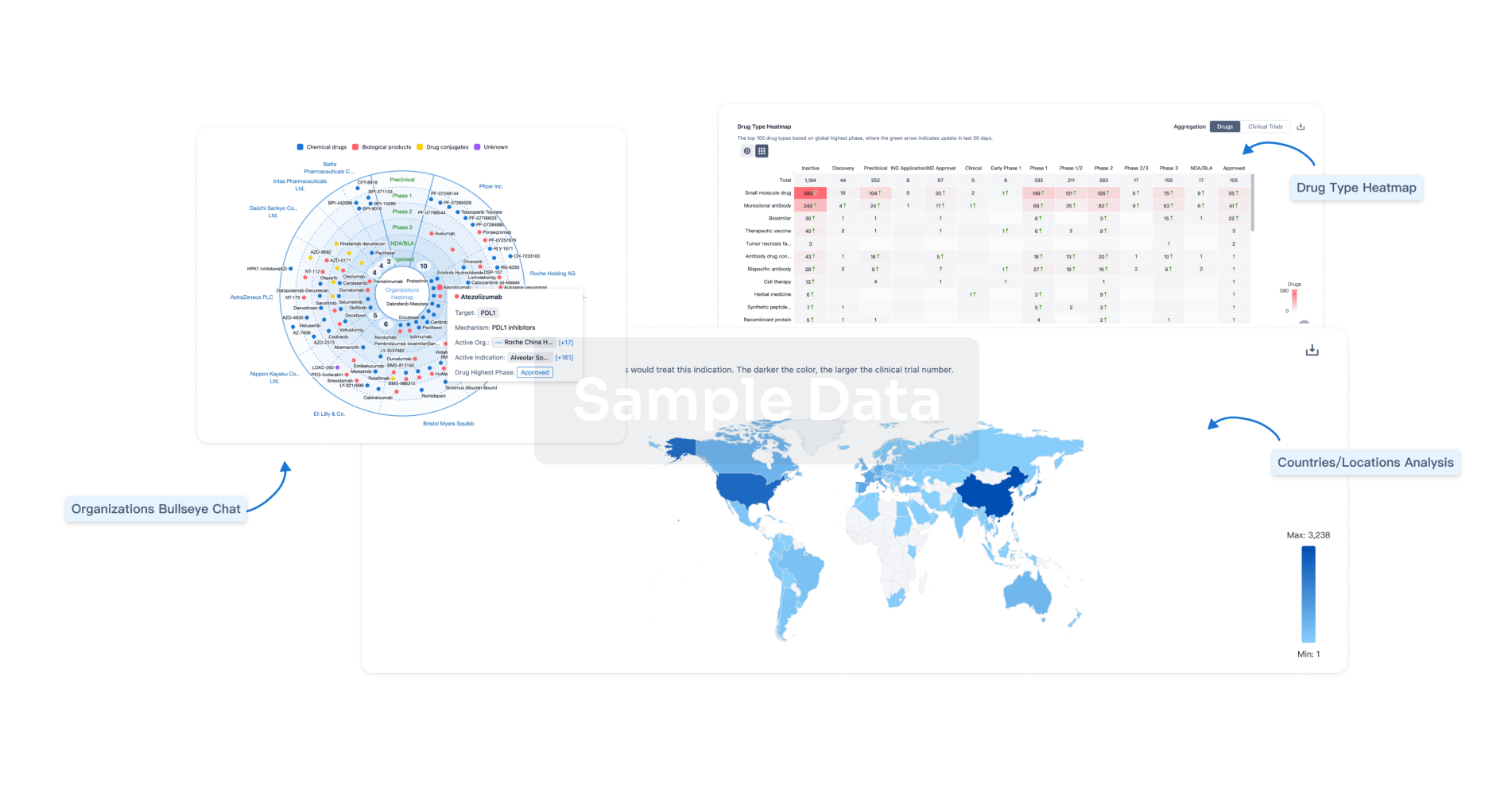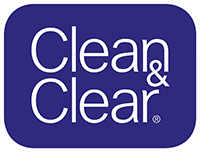Request Demo
Last update 08 May 2025
Gastrointestinal spasm
Last update 08 May 2025
Basic Info
Synonyms Gastrointestinal spasm, 肠胃痉挛, 胃腸攣縮 + [1] |
Introduction- |
Related
4
Drugs associated with Gastrointestinal spasmTarget- |
Mechanism- |
Active Org. |
Originator Org. |
Active Indication |
Inactive Indication |
Drug Highest PhaseApproved |
First Approval Ctry. / Loc. China |
First Approval Date18 Aug 2015 |
Target |
Mechanism Opioid receptors agonists |
Active Org. |
Originator Org. |
Active Indication |
Inactive Indication |
Drug Highest PhaseApproved |
First Approval Ctry. / Loc. United States |
First Approval Date26 Jun 1997 |
Target |
Mechanism mAChRs antagonists |
Active Org. |
Originator Org. |
Active Indication |
Inactive Indication |
Drug Highest PhaseApproved |
First Approval Ctry. / Loc. Japan |
First Approval Date17 Mar 1955 |
5
Clinical Trials associated with Gastrointestinal spasmACTRN12620000535976
Validation of Atmo Gas capsule localising technique via intestinal ultrasound in healthy volunteers
Start Date20 Nov 2020 |
Sponsor / Collaborator |
JPRN-UMIN000030725
Randomized study evaluating antiperistaltic effect of mildly cold water sprayed onto the gastrointestinal mucosa for colonoscopy - Randomized study evaluating antiperistaltic effect of mildly cold water sprayed onto the gastrointestinal mucosa for colonoscopy
Start Date04 Jan 2018 |
Sponsor / Collaborator- |
NCT04083521
The Effect of Bacillus Subtilis DE111® on the Daily Bowel Movement Profile for People With Occasional Gastrointestinal Irregularity
The purpose of this study is to determine the efficacy of Bacillus subtilis DE111® probiotic for regulation of bowel movements.
Start Date01 Sep 2016 |
Sponsor / Collaborator |
100 Clinical Results associated with Gastrointestinal spasm
Login to view more data
100 Translational Medicine associated with Gastrointestinal spasm
Login to view more data
0 Patents (Medical) associated with Gastrointestinal spasm
Login to view more data
567
Literatures (Medical) associated with Gastrointestinal spasm01 Dec 2025·Molecular Biology Reports
Comprehensive review and outline of genotypes and phenotypes of Arboleda-Tham syndrome spectrum: insights from novel variants
Review
Author: Gholami, Milad ; Ghazavi, Mohammadreza ; Bayat, Sahar ; Kheirollahi, Majid ; Khodadadi, Hamidreza ; Nasiri, Jafar
01 Jul 2025·Biomaterials Advances
Advanced amphotericin-B gel formulation: An efficient approach to combat cutaneous leishmaniasis
Article
Author: de Amorim Carvalho, Fernando Aecio ; Dos Santos Rizzo, Marcia ; Gonçalves, Juan Carlos Ramos ; Filgueiras, Lívia Alves ; do Nascimento, Matheus Oliveira ; Muniz, Edvani Curti ; Leite, Diego Botelho Campelo ; Carvalho, André Luis Menezes ; Mendes, Anderson Nogueira ; Sobral, Marianna Vieira ; Araujo, Paulo Monteiro ; Marques, Karinne Kelly Gadelha ; de Moraes Alves, Michel Mualem ; de Abreu Júnior, Adegildo Rolim ; de Moura, Carla Veronica Rodarte
01 Jun 2025·Toxicology Reports
Evaluation of acute plant toxicity, antioxidant activity, molecular docking and bioactive compounds of lemongrass oil isolated from Omani cultivar
Article
Author: Hossain, Amzad ; Akhtar, Alia Bushra ; Tobi, Salem Said Al ; Khan, Shah Alam ; Akhtar, Mohammad Sohail ; Weshahi, Haneen Al ; Said, Sadri Abdullah
Analysis
Perform a panoramic analysis of this field.
login
or

AI Agents Built for Biopharma Breakthroughs
Accelerate discovery. Empower decisions. Transform outcomes.
Get started for free today!
Accelerate Strategic R&D decision making with Synapse, PatSnap’s AI-powered Connected Innovation Intelligence Platform Built for Life Sciences Professionals.
Start your data trial now!
Synapse data is also accessible to external entities via APIs or data packages. Empower better decisions with the latest in pharmaceutical intelligence.
Bio
Bio Sequences Search & Analysis
Sign up for free
Chemical
Chemical Structures Search & Analysis
Sign up for free



